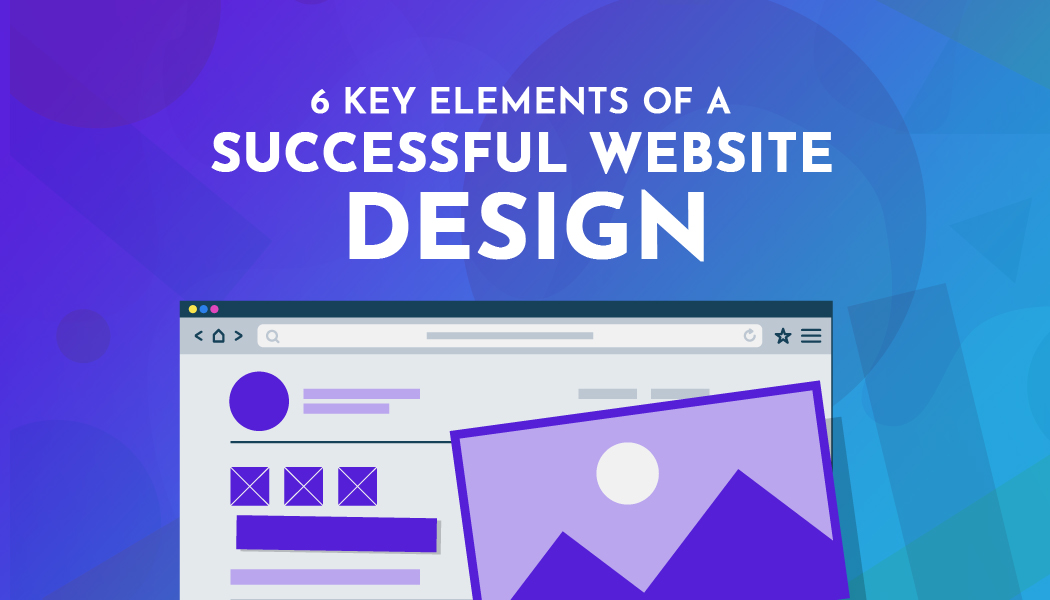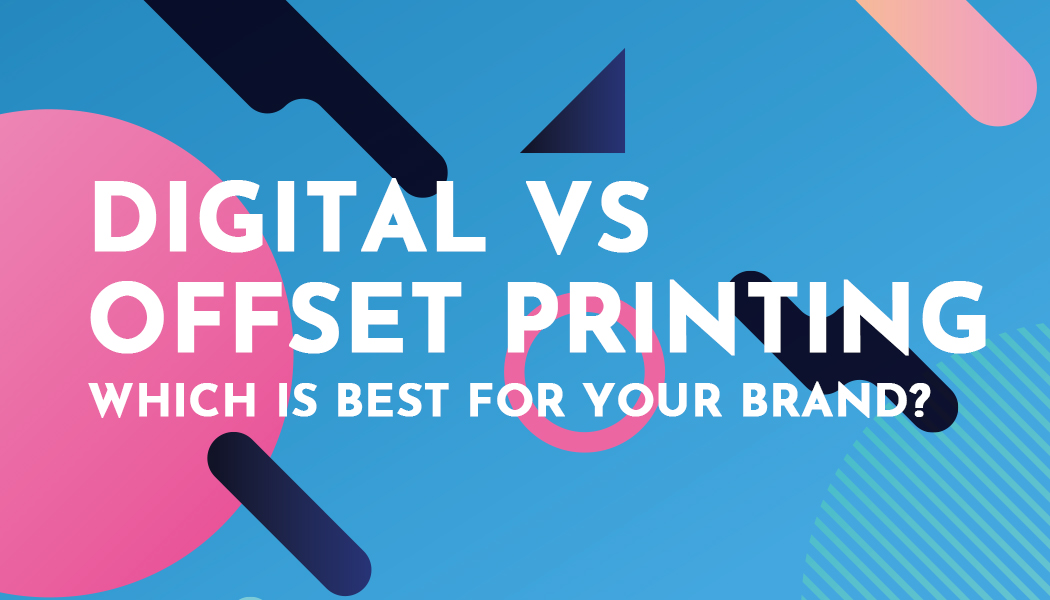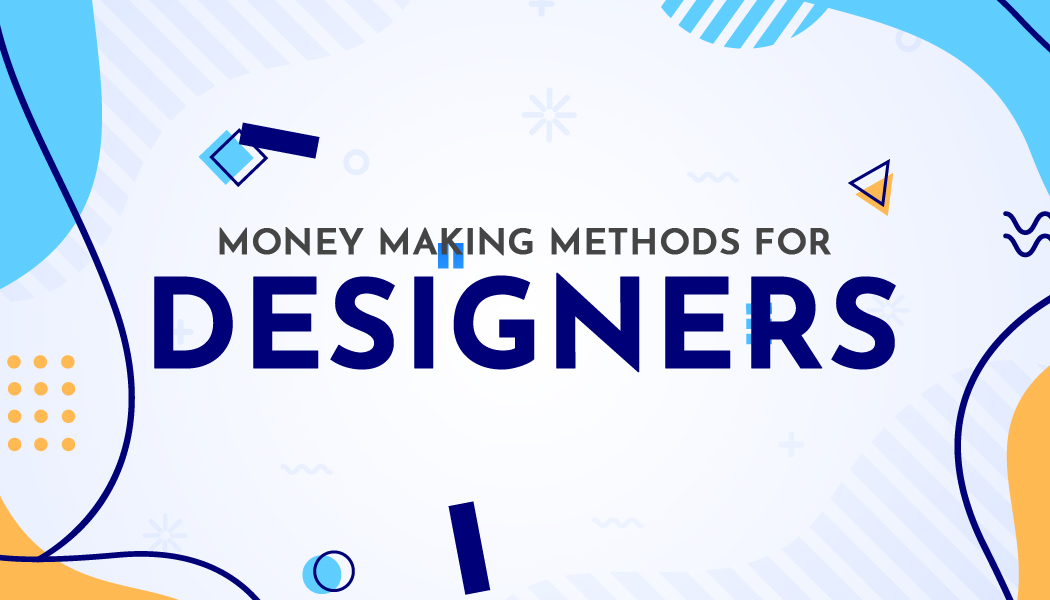6 Key Elements of a Successful Website Design
In today's digital world of business, having a website is vital to running a successful business. Even those who simply want to create awareness spread a message, or give out information regarding a particular issue also need a website to reach out to the masses. A well-designed website is a delight to be on as it's built with the visitors' needs in mind.
On the other hand, a poorly designed website will fail to provide a pleasant user experience. This, in turn, reduces traffic flow to your site and also lowers conversion rates. Considering your website is your business' storefront on the internet, here are a few key elements of website design that you need to implement to make your site successful:
Visual Appearance
First impressions are everything, which is why you should wow your visitors as soon as the page loads. It only takes a few seconds for online users to decide whether they'll stay or leave a particular web page. The most important aesthetic elements of successful website design are typography, colours, shapes, and graphics.
Colours are known to elicit emotional responses. For instance, warm tones of yellow and pink make people feel more excited and energised while cooler tones like blue and purple are more calming.
Typography also has a powerful effect on the feel of your site. For instance, cursive or ornate fonts often display some level of seriousness and sophistication. Sans Serif fonts, on the other hand, provide a more modern and streamlined feel. Be sure to also use the right font size, depending on your target audience. For instance, larger font sizes are much easier to read, making them ideal for an older audience.
You also need to have a proper layout. This refers to the way everything is arranged, which should be organised and orderly. Users need to find whatever information they're looking for at a glance.
With that being said, every visual aspect of your web design must be well-balanced. People are more likely to get turned off if there's too much going on. Be sure to embrace white space and keep your colour scheme simple.
Web Content
This is one of the most important web design elements as it's the backbone of any website. Content can be used to convey a message, market/sell products and services, and even provide useful information. After all, isn't this what visitors are seeking from your website in the first place? Visitors will be able to learn more about your company, as well as goods and/or services, and ultimately convert into customers. Content must, however, be of high-quality.
This means it should be unique, easy to read and understand, informative, up-to-date, reliable, concise, engaging, grammatically correct, and organised. It should also be optimised for search engines, meaning incorporating relevant keywords and be of suitable length. To ensure your site is able to retain the exact appearance of the original article (graphs, charts, images, etc), regardless of what platform a visitor is using, convert HTML text to PDF in c# using itextsharp is one of the good ways to make your website content more readable.
Navigation
You may have high-quality content and useful information for your audience, but making them easily and quickly accessible is what makes your website useful. Your site's navigation tools should be as simple and straightforward as possible. The goal is to help visitors move around the website with ease and find what they're looking for as quickly as possible.
Online users have little patience and a short attention span; therefore, if they can't find what they're looking for in a matter of seconds, many of them will leave your site. The same goes for overwhelming navigation that requires too much scrolling or has too many layers. Make your landing page intuitive, clean, and simple with easy-to-scan texts and no untidy visuals that could distract users.
Responsive Web Design
In this digital age, your website will most likely be viewed on multiple devices, including desktops, mobile phones, tablets, and any other device that enables web browsing. It's best to create responsive web design as it allows your site to automatically adjust its contents and layout to an array of devices (screen sizes), ensuring the best viewer experience. The pages should also be designed to perform equally well on multiple operating systems and browsers to increase their viewing.
Social Media Integration
Social media currently owns the internet with nearly everyone having a social media account. As such, make sure all your social media buttons are present on all your web pages. Remember to include social media sharing buttons on things like your blog posts to encourage users to share your content. This will, in turn, help enhance your online presence. Be sure to tailor your content to suit every social media network that you use.
Search Engine Optimisation (SEO)
Last, but not least, a website that's attractive and functional is of no use if nobody can actually find it. Research shows that over 90% of internet users don't navigate past the first pages of SERPs (Search Engine Result Pages). This is where SEO comes in to improve your (SERP) ranking. Page rankings are determined by hundreds of metrics, but the main ones are keyword density and placement, backlinks, high-quality content, page speed, and mobile-friendliness. Don't forget to add SSL encryption to ensure website security, and also optimise the most essential tags.
Conclusion
As you can see, creating a successful website takes a lot of thought and consideration. Although this isn't an exhaustive list, it's a good place to get started. Whether you are designing, rebuilding, reviewing, or simply optimising your website, keep in mind all these key elements of website design and you can be sure of having a successful website.




